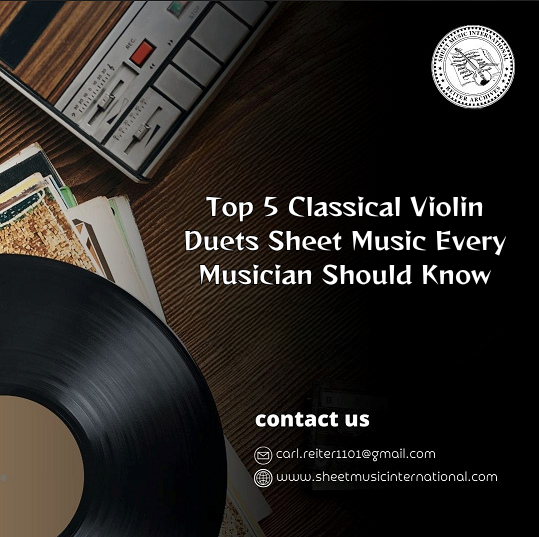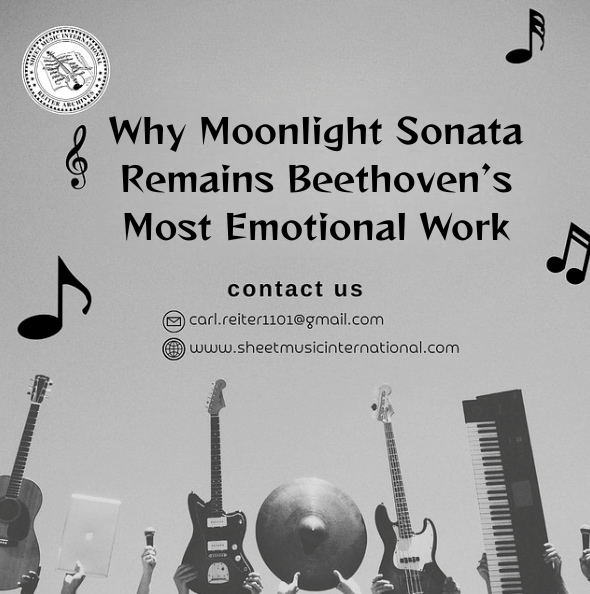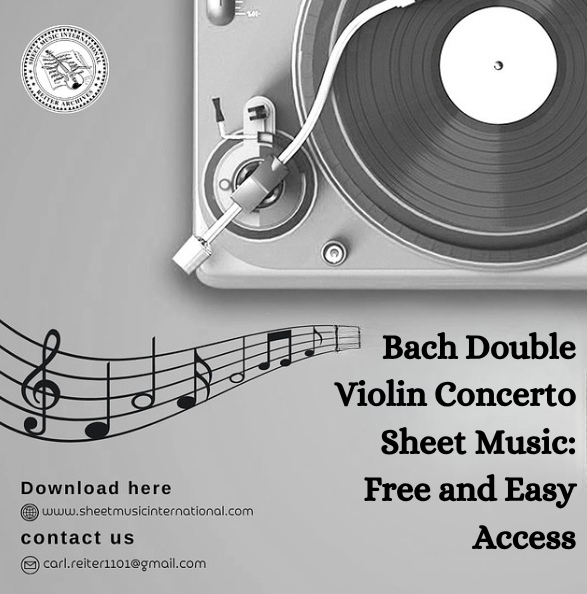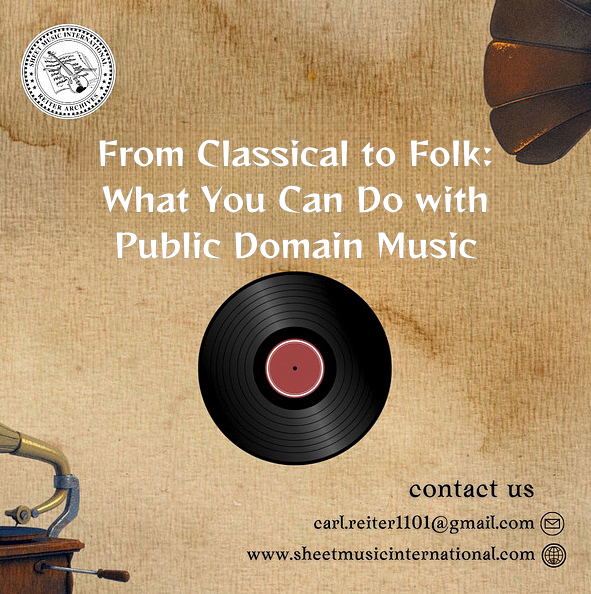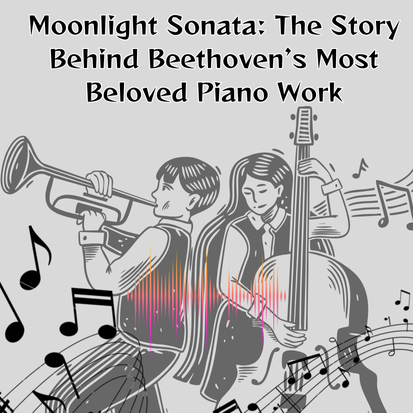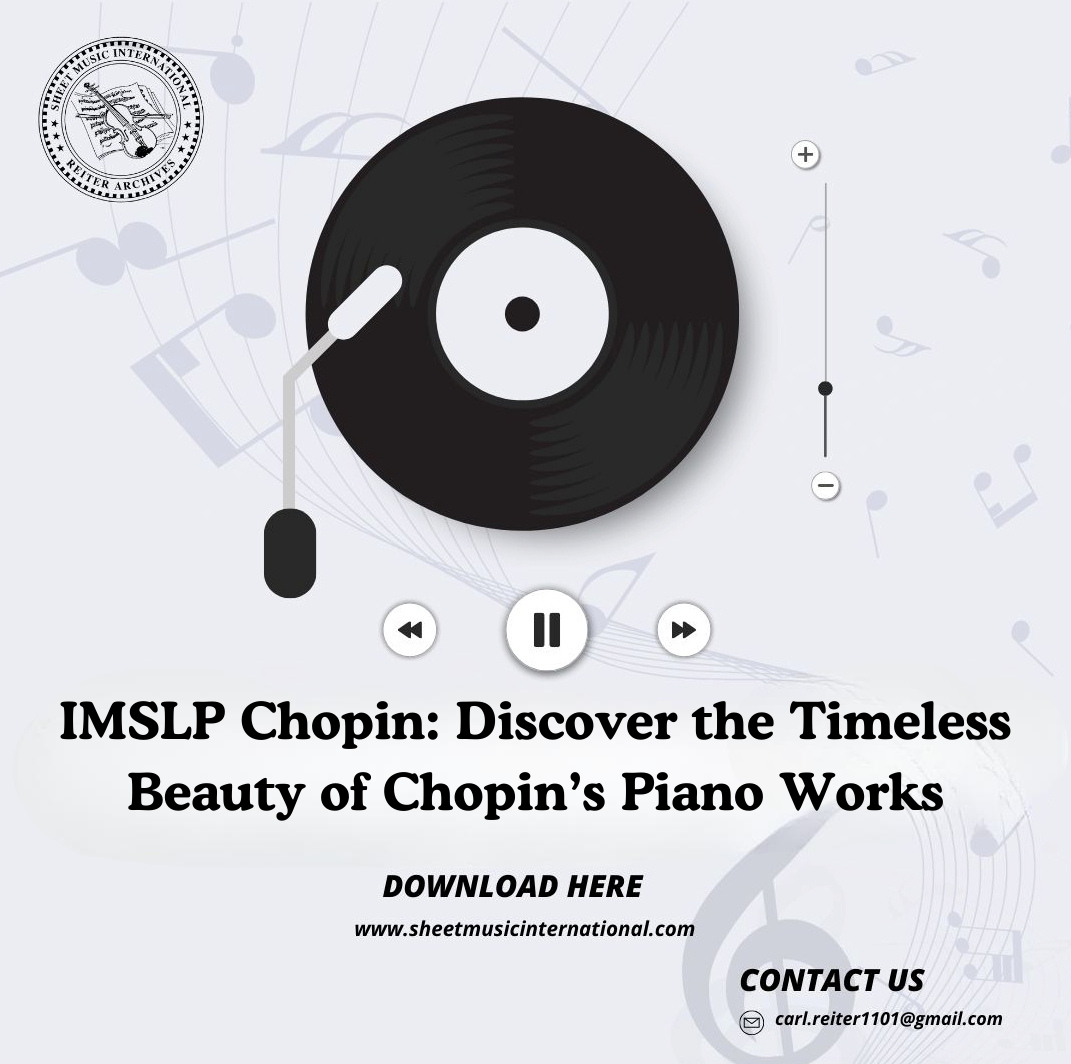
Your Request is under process, Please wait.


No era can affect the beauty of great works, such as the ones composed by Felix Mendelson, whose musical works are timeless and serve as a source of inspiration for music buffs in the IMSLP Mendelssohn music library.
No era can affect the beauty of great works, such as the ones composed by Felix Mendelssohn, whose musical works are timeless and serve as a source of inspiration for music buffs in the IMSLP Mendelssohn music library.
Mendelssohn was born on 3 February 1809 in Hamburg, which is the second largest city in Germany after Berlin. The full name of Felix Mendelssohn was Jakob Ludwig Felix Mendelssohn Bartholdy. This German legend was a composer, pianist, organist, and conductor of the early Romantic period.
His best musical works include Elijah, A Midsummer Night’s Dream, String Octet, etc. He died on 4 November 1847 in Leipzig, at the age of 38.
In this blog, we will look at the musical style and most notable musical compositions by this legendary composer.
Mendelssohn is usually regarded as a classic romantic composer with an unusual style. His style had elements of formal balance and graceful control on the one side, whereas, on the other side, it had romantic subjectivity and fantasy.
Once Mendelssohn accepted that he was naturally inclined to thick, contrapuntal textures, and to a large extent, the German composer owed his love of counterpoint, his being prone to write fugues and canons, to Bach.
From Handel, Mendelssohn attained the capability of creating choruses that communicated in a direct and accessible style. You can find it in Mendelssohn’s psalm settings and second oratorio, Elijah.
Hayden and Mozart’s classicizing effect appears in Mendelssohn’s preference for clearly balanced themes and phrase structure and perfect formal control. As a matter of fact, when Robert Schumann heard the Piano Trio in D minor Op.49, he announced that Mendelssohn was the Mozart of the 19th century.
In 1821, when Mendelssohn was only 12, he went to the premiere of Carl Maria von Weber’s Der Freischütz. In fact, Felix Mendelssohn was enthralled by it, which was considered ‘nonsense and gunpowder’ by Zelter.
Surely, Mendelssohn was heavily impressed by the late style of Beethoven, which affected countless musicians coming of age in the 1820s. Felix Mendelssohn was the first, with his sister Fanny, to deal with great works like Beethoven’s Hammerklavier Sonata and late quartets.
The following is a list of the great musical works crafted by Felix Mendelssohn, which can be found in the IMSLP Mendelssohn, which is a public domain sheet music library. These masterpieces are famous as one of the best inspiration sources for classic music lovers.
Mendelssohn composed music for A Midsummer Night’s Dream, a great play by Shakespeare, two times separately. The composer was merely 17 when he wrote the ‘Overture’ (Op.21) in 1826 and he completed the incidental music (Op.61). The incidental music (Op.61) includes Mendelssohn’s popular ‘Wedding March’, after 16 years in 1842. A Midsummer Night’s Dream was his childhood favorite, which inspired him to compose the music. This inspiration was like the one that Tchaikovsky got from Romeo and Juliet to compose Romeo and Juliet Fantasy-Overture, which is available in the IMSLP Tchaikovsky virtual music library and still delights music lovers.
For his whole life, Mendelssohn admired large-scale religious choral works, especially oratorios composed by Handel and Bach. He took part in this activity with his oratorio Elijah, which is a 2-hour extravaganza. This extravaganza was inspired by the Old Testament prophet Elijah's story.
Its premiere took place in Birmingham (England) in 1846. It received a tremendous amount of praise from The London Times. Elijah has been loved by choral groups for generations.
In 1832, Felix Mendelssohn wrote to Fanny (his sister) and pondered over the way he would like to write a piano trio with an intricate, important piano part. The idea of the trio in his mind manifested itself in 1839.
By creating this masterpiece, Mendelssohn decidedly left the Classical Era. All of the parts are emotionally demonstrative and virtuosic, and there is not much emphasis put on restraint and intellect.
In 1825, when the German composer was only 16, he wrote String Octet. This great work is a transition between the Classical style and the age of Romanticism.
The masterpiece holds value in Mendelssohn’s career because it’s one of the marvelous works regarded as a signpost of his genius in his teenage years. String Octet was the first-string octet, written as a true eight-park work.
The German composer’s Symphony No. 4 in A major, called the Italian Symphony, is very famous due to the composer’s expression of Italy’s impressions. Music lovers from all over the world look for the IMSLP Mendelssohn virtual music library to learn from the Italian Symphony. Mendelssohn was inspired to compose this work by the Italian atmosphere when he was on his Italian tour (1830 to 1831). During this tour, the composer made sketches, but his work was not complete.
This symphony was completed in 1833 in Berlin, which was a response to an invitation for a symphony from the London (now Royal) Philharmonic Society.
The success of this symphony and the fame of Mendelssohn had an effect on the course of British music for the rest of the century.
Jakob Ludwig Felix Mendelssohn Bartholdy was a German composer, organist, pianist, and conductor of the early Romantic period. He is famous among music buffs for his unique style with elements of formal balance and graceful control on the one side and romantic subjectivity and fantasy on the other side.
Some of the best works composed by Mendelssohn, available in the IMSLP Mendelssohn digital music library, are Elijah, String Octet, Symphony No. 4 (Italian Symphony), Piano Trio No. 1, and so on.
